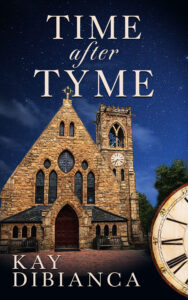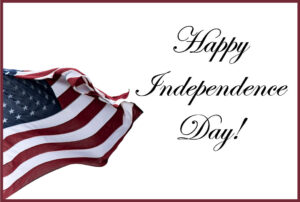
“When in the course of human events, …”
I’m not a scholar of state papers, but I’ve heard it said the American Declaration of Independence is one of the most beautifully written of such documents. I read it again over the weekend and reminded myself of its eloquence and substance.
***
I also looked up the definition of the word “independence” in dictionary.com. Here’s what it had to say:
Independence. noun. freedom from the control, influence, support, aid, or the like, of others.
Sounds wonderful, right? But it also means the independent person or entity must take control of their own future. It’s their responsibility.
And that brings me to publishing.
***
My first novel was traditionally published. In retrospect, I think that was an excellent idea since I knew so little of what it took to publish a book. The publisher engaged a cover artist, got the ISBN, registered with the Library of Congress, arranged for the final edits, formatted the book, and did all the other jobs necessary to have it made available on retail sites. If I had tried to do all those things myself, it would have been a much longer process.
My publisher was very supportive, and I intended to publish the other novels in the series with them. However, they changed their contract, and the new one had some issues I didn’t care for. Negotiations solved some, but not all, of the problems, so my husband and I decided I should look at the possibility of going indie. James Scott Bell’s book How to Make a Living as a Writer was a wonderful resource and gave me the information and reassurance I needed to make the switch.
***
Independent publishing is great. I love being 100% responsible for the content and presentation of my books, and I love having control of my products and following their performance on a day-to-day basis. However, the learning curve was steep and the time commitment continues to be large. I have to cover all the bases, including:
- Engaging development and line/copy editors (I had always done this, so it’s not an add-on.)
- Having the final manuscript professionally proofread
- Getting the ISBN
- Establishing the prices
- Registering the copyright
- Registering with the Library of Congress
- Arranging for the front and back covers
- Formatting the content
- Distributing to various platforms including Amazon, Barnes&Noble, Apple Books, Kobo, Google Play, and Ingram Spark.
If there’s an audio book, I arrange for the narration, approve each chapter, and finalize the audio with Findaway Voices.
I also maintain the financials for our publishing company, Wordstar Publishing, LLC. I write the year-end reports, and work with our accountant to file taxes.
Is it worth it? I really do like the independence. However, I’d like to offload some of the administrative tasks, so I’m thinking of giving Draft2Digital a try to handle the distribution. That would give me more time for writing at a small cost.
Bottom line: I’m glad I went independent.

So TKZers: What are your thoughts on independence? If you’re an indie author, is it worth the extra effort? Do you pass off some of the tasks to others? If you’re traditionally published, have you ever considered going indie?



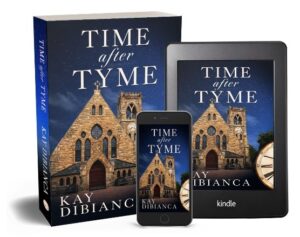


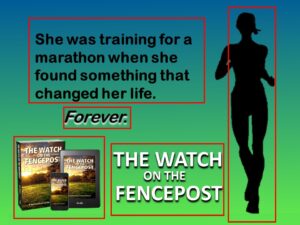

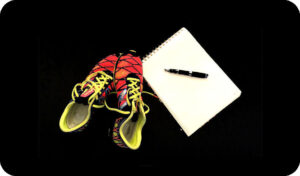
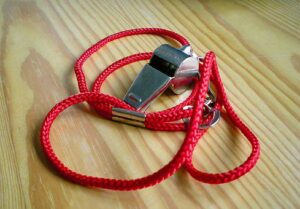
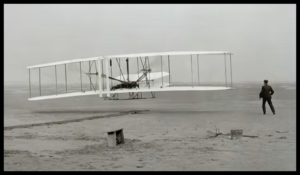
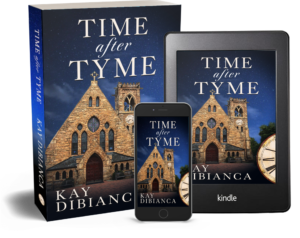


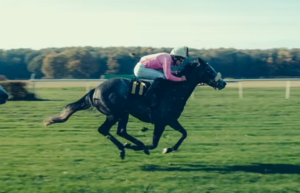

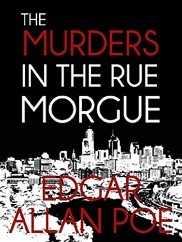 Edgar Allen Poe’s short story The Murders in the Rue Morgue (1841) is generally considered to be the first modern murder mystery, and its detective, Auguste C. Dupin, the first fictional detective. There was no monkey business in Dupin’s analysis of the horrific crime and identification of the murderer.
Edgar Allen Poe’s short story The Murders in the Rue Morgue (1841) is generally considered to be the first modern murder mystery, and its detective, Auguste C. Dupin, the first fictional detective. There was no monkey business in Dupin’s analysis of the horrific crime and identification of the murderer.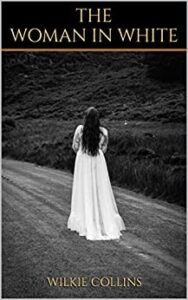 Wilkie Collins was a contemporary of Charles Dickens and is credited with the first novel-length mystery, The Woman in White (1859). The book doesn’t just stop at murder – it also touches on insanity, social stratification, false identity, and a few other themes. Collins considered the book his best work and instructed that the phrase “Author of The Woman in White” be inscribed on his tombstone. He also lays claim to the first detective novel, The Moonstone (1868).
Wilkie Collins was a contemporary of Charles Dickens and is credited with the first novel-length mystery, The Woman in White (1859). The book doesn’t just stop at murder – it also touches on insanity, social stratification, false identity, and a few other themes. Collins considered the book his best work and instructed that the phrase “Author of The Woman in White” be inscribed on his tombstone. He also lays claim to the first detective novel, The Moonstone (1868).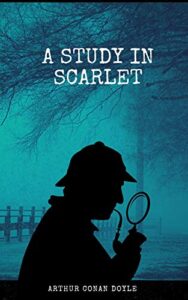 Arthur Conan Doyle published A Study in Scarlet, the first story featuring Sherlock Holmes and Dr. Watson, in 1887. In total, Doyle wrote 56 short stories and four novels featuring the famous detective. When he killed off Sherlock Holmes in The Final Problem (1893), the public outcry was so severe, Doyle had to bring him back in later works.
Arthur Conan Doyle published A Study in Scarlet, the first story featuring Sherlock Holmes and Dr. Watson, in 1887. In total, Doyle wrote 56 short stories and four novels featuring the famous detective. When he killed off Sherlock Holmes in The Final Problem (1893), the public outcry was so severe, Doyle had to bring him back in later works.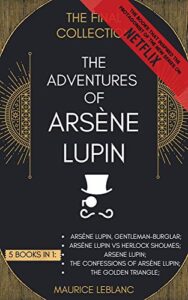 Maurice Leblanc began a mystery series in 1905 featuring the gentleman thief Arsene Lupin, a character who’s been described as a French version of Sherlock Holmes. In all, Leblanc wrote 17 novels and 39 novellas with Lupin as hero. Check out
Maurice Leblanc began a mystery series in 1905 featuring the gentleman thief Arsene Lupin, a character who’s been described as a French version of Sherlock Holmes. In all, Leblanc wrote 17 novels and 39 novellas with Lupin as hero. Check out 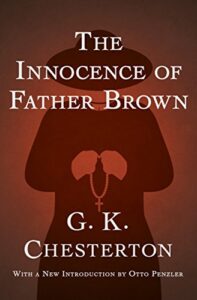 G.K. Chesterton is credited with creating the cozy mystery genre with a series of 53 short stories begun in 1910 featuring the Roman Catholic priest and amateur detective, Father Brown, who uses his intuitive understanding of human nature to solve crimes. The character was so popular, it inspired the Father Brown TV series that began in 2013.
G.K. Chesterton is credited with creating the cozy mystery genre with a series of 53 short stories begun in 1910 featuring the Roman Catholic priest and amateur detective, Father Brown, who uses his intuitive understanding of human nature to solve crimes. The character was so popular, it inspired the Father Brown TV series that began in 2013.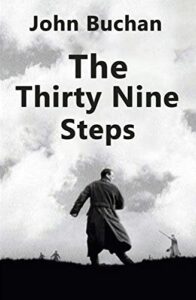 The Thirty-nine Steps (1915) by Scottish author John Buchan was the first of five novels featuring Richard Hannay. a man on the run who had been unjustly accused of murder. There are a couple of movie versions of The Thirty-nine Steps, but my favorite is the 1935 Hitchcock film starring Robert Donat.
The Thirty-nine Steps (1915) by Scottish author John Buchan was the first of five novels featuring Richard Hannay. a man on the run who had been unjustly accused of murder. There are a couple of movie versions of The Thirty-nine Steps, but my favorite is the 1935 Hitchcock film starring Robert Donat.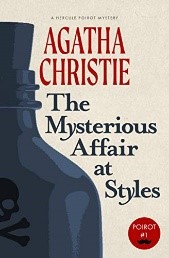 Cozy mysteries became very popular in the 1920’s and 30’s with several great British authors. Agatha Christie’s first novel The Mysterious Affair at Styles (1920), featured Hercule Poirot, a sleuth who used his “little gray cells” to solve mysteries. Poirot showed up in 33 novels and over 50 short stories. (I will have much more to say about Dame Agatha in a future post.)
Cozy mysteries became very popular in the 1920’s and 30’s with several great British authors. Agatha Christie’s first novel The Mysterious Affair at Styles (1920), featured Hercule Poirot, a sleuth who used his “little gray cells” to solve mysteries. Poirot showed up in 33 novels and over 50 short stories. (I will have much more to say about Dame Agatha in a future post.)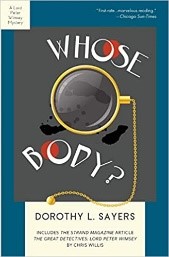
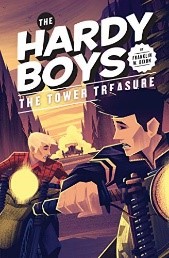
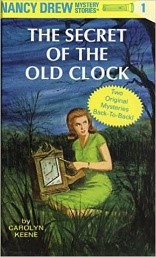
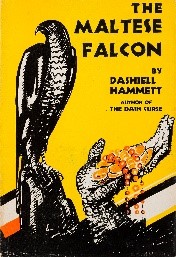 Hardboiled detective fiction became popular in the 1920’s and extended through the 20th century. Dashiel Hammett became famous for his character Sam Spade in The Maltese Falcon (1929). He also created the sophisticated couple Nick and Nora Charles in The Thin Man (1933). Strangely, Hammett wrote his final novel more than 25 years before his death. Why he stopped writing fiction is something of a mystery in itself.
Hardboiled detective fiction became popular in the 1920’s and extended through the 20th century. Dashiel Hammett became famous for his character Sam Spade in The Maltese Falcon (1929). He also created the sophisticated couple Nick and Nora Charles in The Thin Man (1933). Strangely, Hammett wrote his final novel more than 25 years before his death. Why he stopped writing fiction is something of a mystery in itself.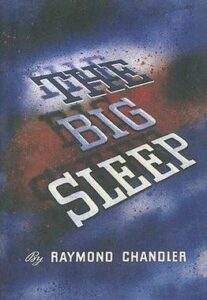 Raymond Chandler was forty-four years old when he began his journey as an author. His first novel, The Big Sleep (1939), introduced the world to private detective Philip Marlowe. In addition to his short stories, Chandler wrote seven novels, all with Marlowe as the hero. His prose is widely admired and his use of similes is famous. Here’s an example from The Big Sleep: “The General spoke again, slowly, using his strength as carefully as an out-of-work showgirl uses her last good pair of stockings.”
Raymond Chandler was forty-four years old when he began his journey as an author. His first novel, The Big Sleep (1939), introduced the world to private detective Philip Marlowe. In addition to his short stories, Chandler wrote seven novels, all with Marlowe as the hero. His prose is widely admired and his use of similes is famous. Here’s an example from The Big Sleep: “The General spoke again, slowly, using his strength as carefully as an out-of-work showgirl uses her last good pair of stockings.”




